
|
70 miles (112 km) west of Key West, Florida, you will find the Dry Tortugas National Park. A blue and green paradise abundant with historical shipwrecks, incredible bio-diversity and crystal clear waters. It is also home to the magnificent Fort Jefferson, the largest masonary construction in the Western Hemisphere, built from over 16 million bricks. Treasure hunters still dive for Spanish gold around these parts, and they have something to offer to any visitor. |
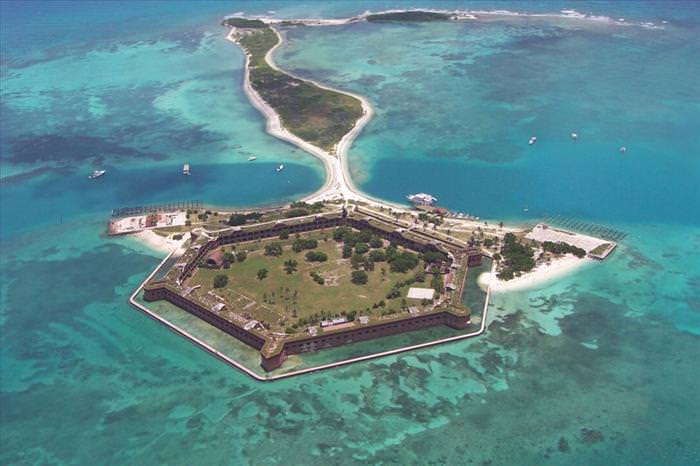 |
| Fort Jefferson on Garden Key, Tortuga National Park. You can find this park at the far end of the Florida Keys, near Cuba. You usually can't fly directly there though, you'll need to travel by boat or light plane to go over the 68 nautical miles of open sea that surrounds it. The garden key, on which the fort sits, is the 2nd largest island in the chain. |
|
|
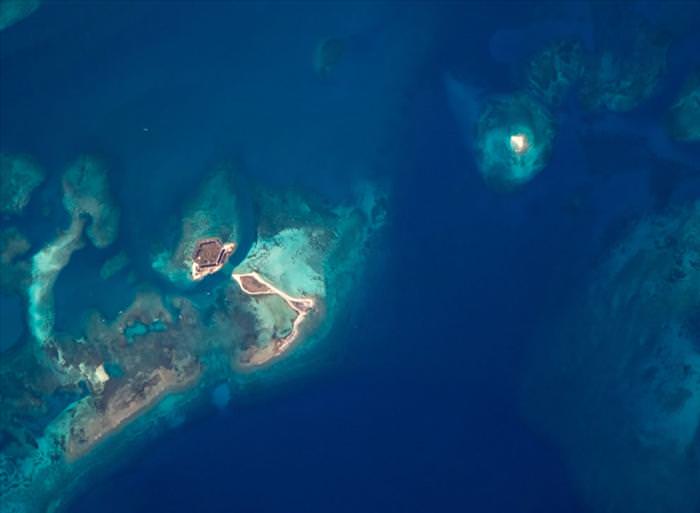 |
| A photo from the international space station including 3 islands in one shot: the Bush, Hospital and Garden Keys. |
|
|
 |
| Fort Jefferson has been standing at Garden Key since the American civil war. This was also the prison of infamous doctor Samuel Mudd, who set the leg of Lincoln's assassin, John Wilkes Booth. In this photo you can see both the moat that surrounds the fort and the crystal clear waters of the area. |
|
|
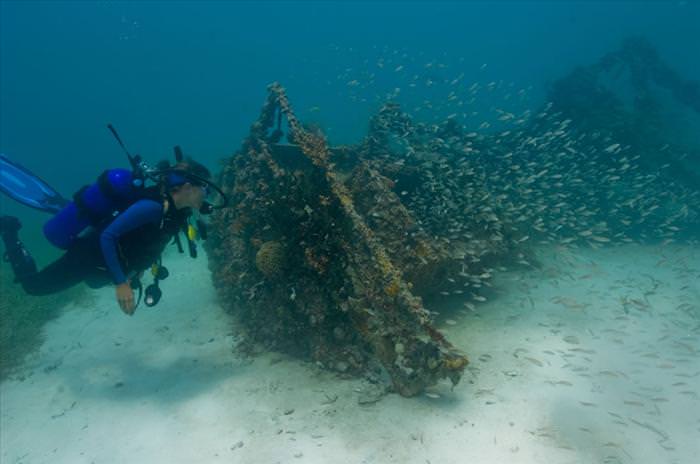 |
| The dry tortugas are home to more than 200 shipwrecks from various historical periods. So for divers, this is a paradise of discovery and fascinating finds. Who knows, you may add to that number. |
|
|
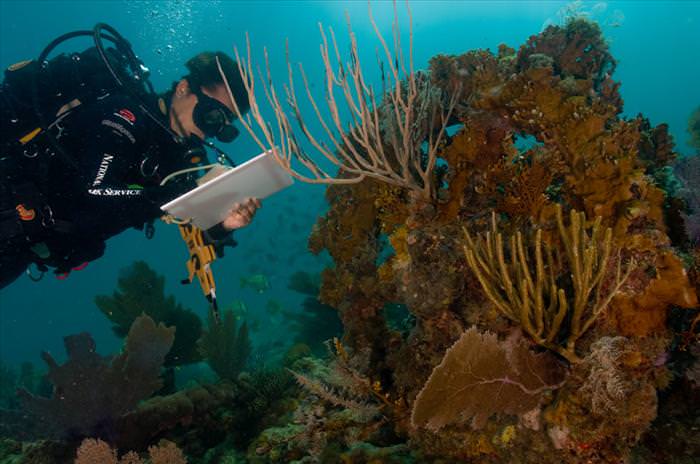 |
| The ecosystem of the 100 square mile area of the Tortuga National Park is subtropical. It has an unharmed and fully developed coral reef. |
|
|
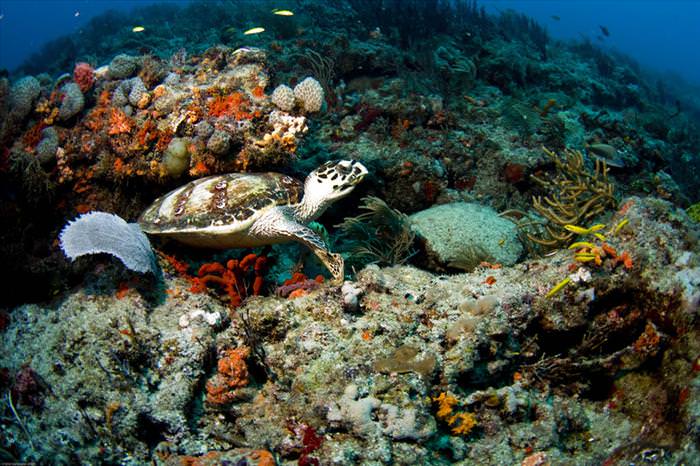 |
| It is also home to vast populations of fish and marine life, such as green sea turtles, and other wildlife, such as frigate birds, among many other species that enjoy this bounty of nature. |
|
|
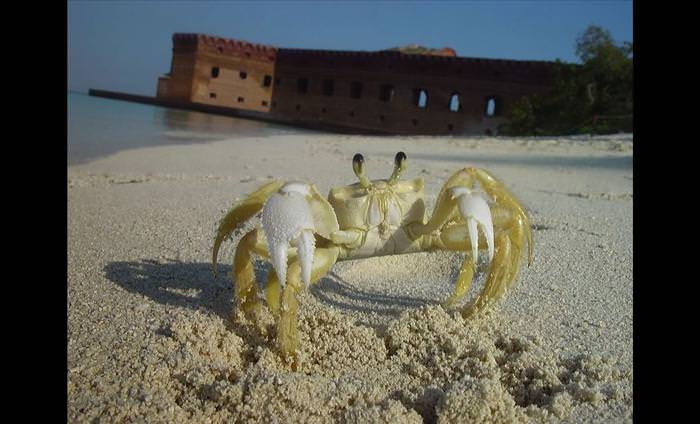 |
| Hello there Mr. Ghost Crab. |
|
|
 |
| This is loggerhead key, the largest islet of the area. Because the islet has the highest elevation of the dry Tortugas, a 150 foot (46 meters) tall lighthouse was erected on it. |
|
|
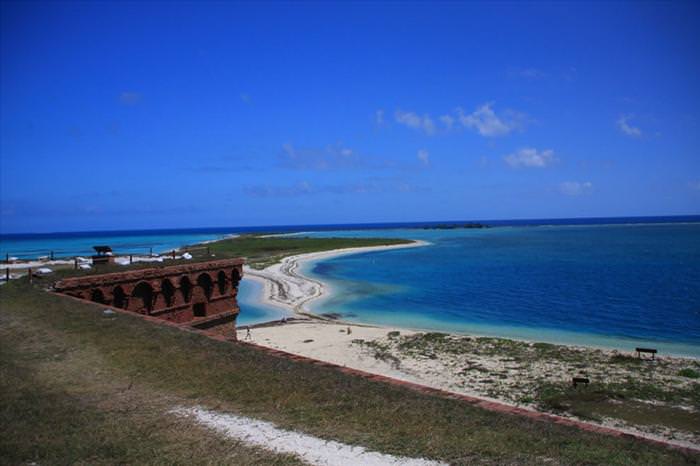 |
| Building the fort here, so far from land, was an incredibly difficult project. So difficult in fact, that despite 30 years of construction, the fort was never finished. Back then, in the 1800s, it took a ship about 4 days to bring a single shipment of bricks. Construction lasted between 1846-1875. |
|
|
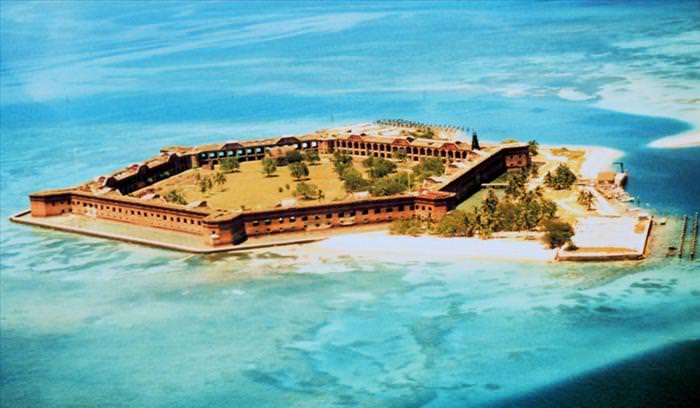 |
| Why are they called the dry tortugas anyway? Well, in 1513, the islands were discovered by the famous Spanish explorer Ponce de Leon, only 20 years after the discovery of the Americas by Columbus. The explorer was so impressed by the wildlife of the area, and the amount of turtles, that he named the islands 'Las Tortugas', or 'the turtles'. The word dry was added later on as a warning that fresh water was a rare commodity on these islands. |
|
|
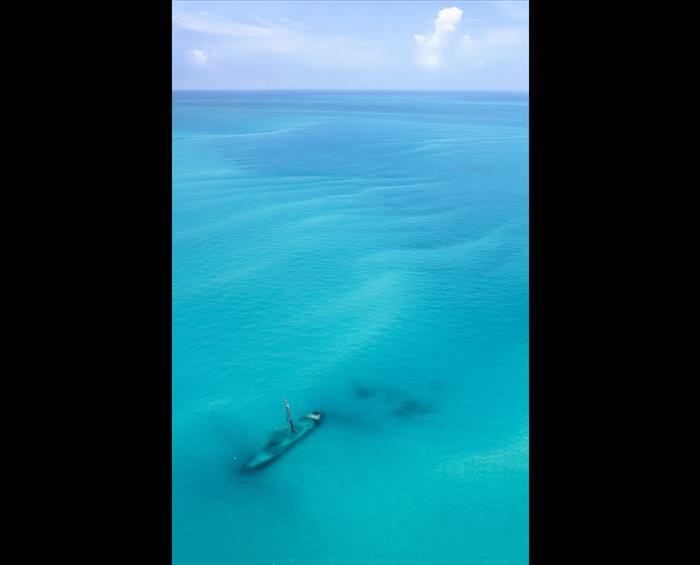 |
| A ship wreck near key west. This Spanish galleon sunk without loss of life, and is a known monument, as its mast still sticks out of the water to this day. |
|
|
 |
| An eel at home among the coral reefs. This national park is also an ecological reserve, and is a research favorite, studied at more than 30 research stations. |
|
|
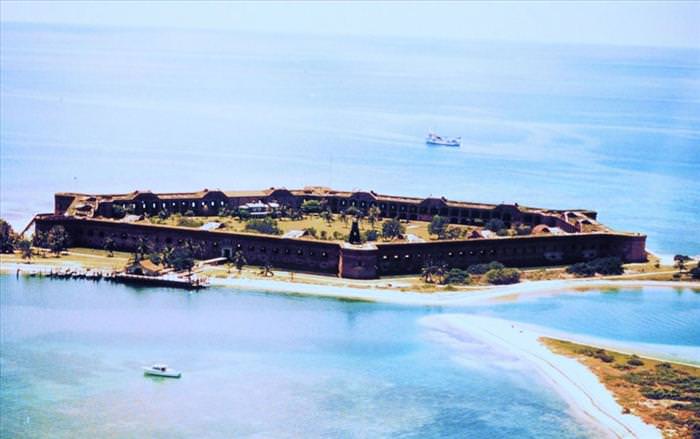 |
| A good look at the hexagon shaped, 45 foot (13-14 meters) of Fort Jefferson. At the time, the uncompleted structure was supposed to hold 420 guns and 1,500 men, defending the area. |
|
|
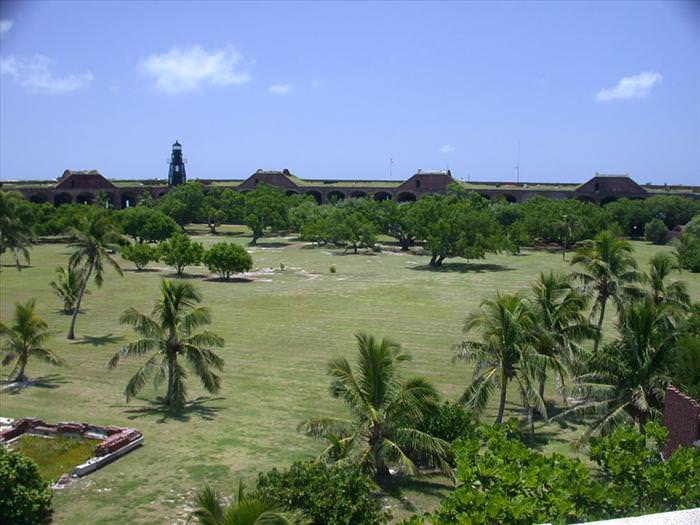 |
| Many believe the histoical parade grounds inside the fort are actually haunted... |
|
|
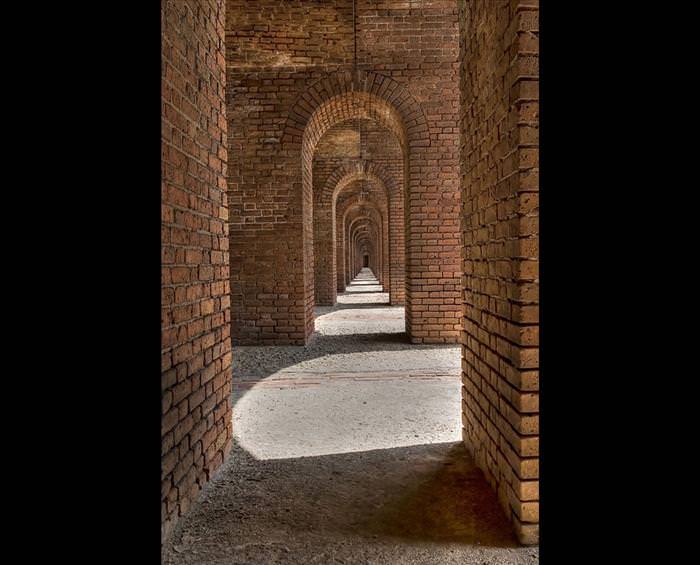 |
| The fort has more than brick-work 2,000 arches going all the way around. |
|
|
 |
| The lighthouse on Loggerhead Key. |
|
|
 |
| Flying over Fort Jefferson is an awesome display. |
|
|
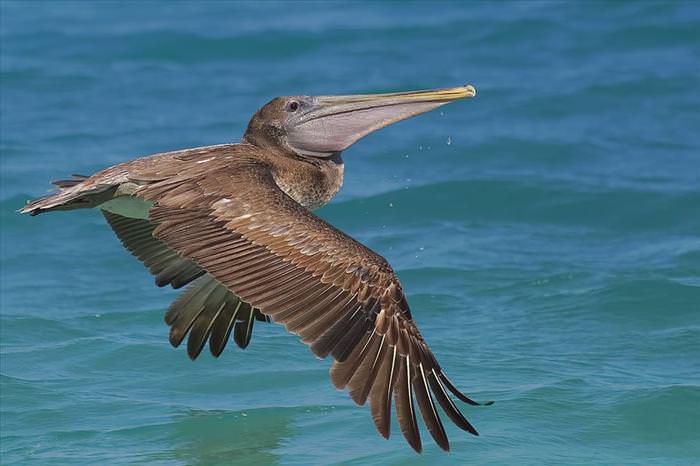 |
| Brown pelican flying over the shallow area of water known as the 'flats', west of key west and extending for about 20 miles. This area is full of marine and bird life, attracted to the easy prey in the shallows. |
|
|
 |
| What divers immediately see upon diving at the dry tortugas. |
|
|
 |
| Underwater archeology studying the submerged remenants. |
|
|
 |
| This area is termed 'the quicksands' and is regarded as one of the best places on earth for seeing huge sea turtles. It is almost 30 foot (10 meters) deep, coverd in submerged sand dunes. Over half a billion dollars worth of gold and silves was found in this area, and it is still attracts treasure hunters from around the world, hoping to find some more Spanish gold. |
|
|
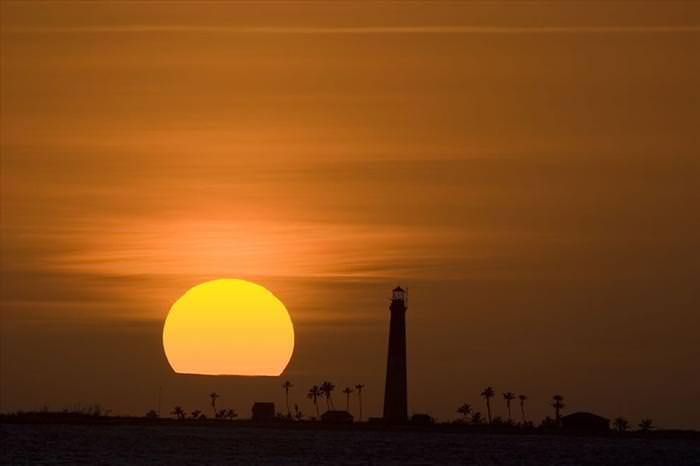 |
| Sunset over Loggerhead island. |
|
|